HIGHLIGHTS
—— Day 1 ——
Fly into Amman, Jordan
We will arrive in Amman, Jordan.
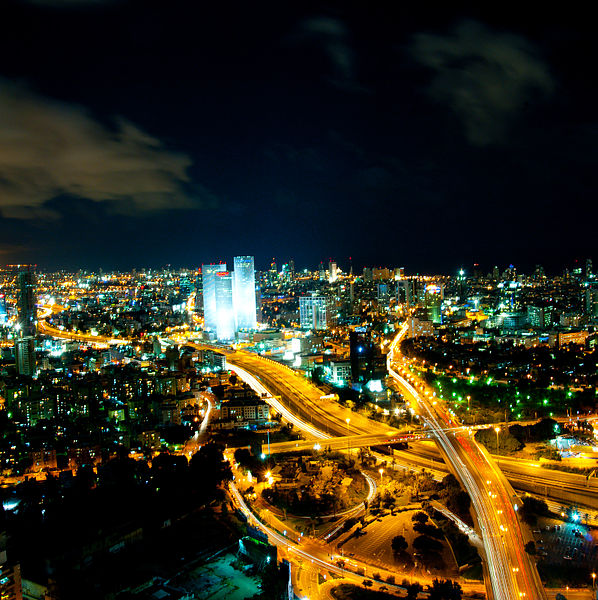
—— Day 2 ——
Mt. Nebo - Jordan
Mt. Nebo is a mountain located in modern-day Jordan that is mentioned in the Bible. According to the book of Deuteronomy, it was on this mountain that Moses was shown the Promised Land by God, but was not allowed to enter it himself because of his disobedience (Deuteronomy 32:49-50). Mt. Nebo is also described as the place where Moses died and was buried by God (Deuteronomy 34:6). More Information…
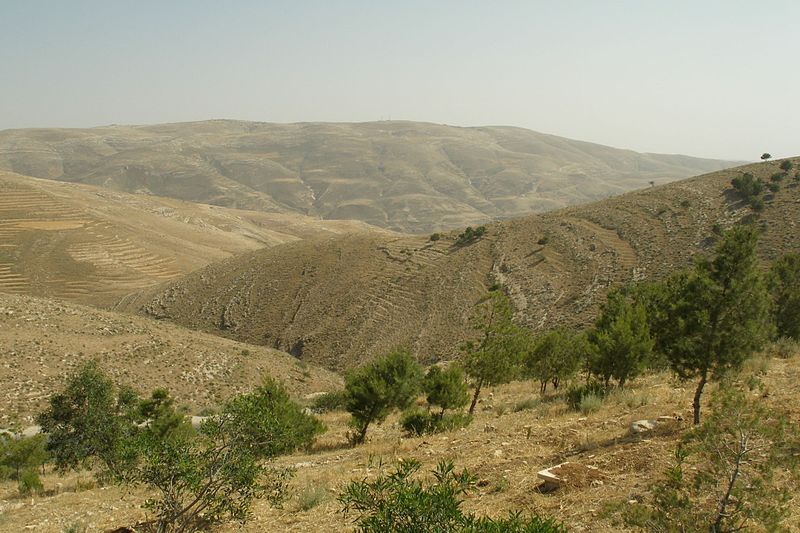
—— Day 3 ——
Petra, Jordan
Petra, located in modern-day Jordan, is not specifically mentioned in the Bible by name. However, it is believed by some to have been the location of Sela, the capital of Edom, which is mentioned in the Old Testament. In the book of Isaiah, Sela is described as a fortified city in the rocky terrain of Edom. The city of Petra, with its unique blend of natural beauty and impressive rock-cut architecture, provides a fascinating glimpse into the history and culture of the ancient world. More Information…
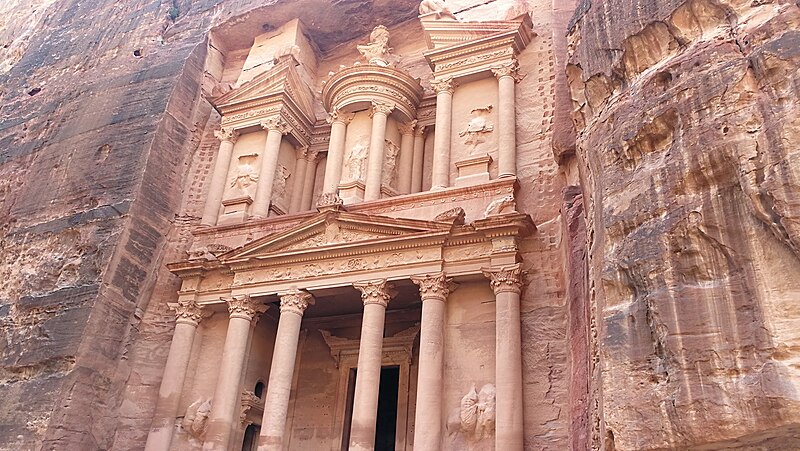
—— Day 4 ——
Tabernacle in the Wilderness
We will be touring a replica of the Tabernacle in the Wilderness. The Tabernacle in the Wilderness was a portable sanctuary described in the Bible (Exodus 25-40). It was built by the Israelites during their 40-year journey through the wilderness, following their escape from slavery in Egypt. The Tabernacle was a tent-like structure that was designed to house the Ark of the Covenant, which contained the stone tablets of the Ten Commandments given to Moses by God. The Tabernacle was a complex structure that was constructed of various materials, including acacia wood, gold, silver, bronze, and colored linen. It consisted of an outer court, an inner sanctuary known as the Holy of Holies, and a larger central area known as the Holy Place. The Tabernacle was also equipped with various furnishings, such as the altar of incense, the menorah (a seven-branched candelabrum), and the table of showbread. In the Bible, the Tabernacle was the dwelling place of God and the center of worship for the Israelites. It was also seen as a symbol of God’s presence with his people, and as a physical representation of his divine presence on earth. After the Israelites entered the Promised Land, the Tabernacle was eventually replaced by the Temple of Solomon in Jerusalem. More Information…

Masada
Masada is an ancient fortress located on a plateau overlooking the Dead Sea in Israel. It is best known as the site of a dramatic siege that took place during the First Jewish-Roman War in the 1st century CE. According to historical accounts, a group of Jewish rebels, known as the Zealots, took refuge at Masada and withstood a several-month-long siege by the Roman army. When it became clear that the Romans would eventually overcome their defenses, the rebels chose to commit mass suicide rather than surrender. Today, Masada is a popular tourist destination and is widely considered a symbol of Jewish resistance and determination. The site includes the remains of the ancient fortress, including its walls, palaces, and bathhouses, as well as the remains of the Roman siege camp. Visitors can also take a cable car to the top of the plateau for panoramic views of the surrounding desert and the Dead Sea. More Information…
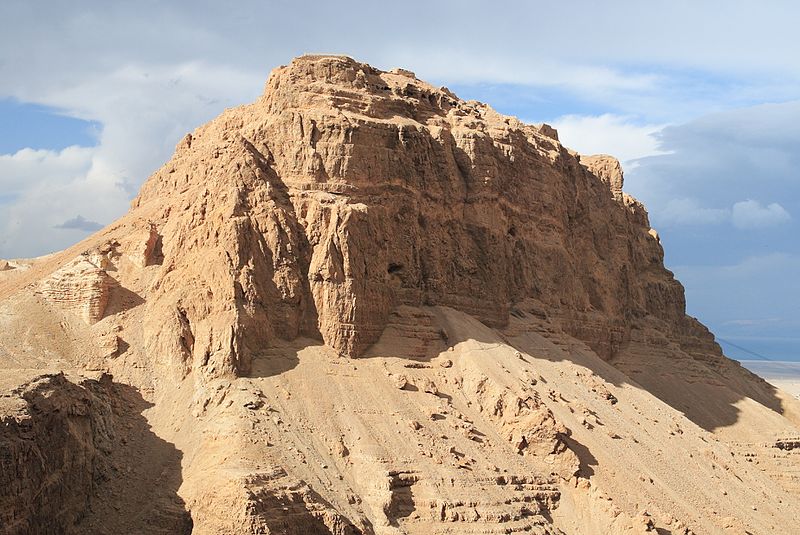
Dead Sea
The Dead Sea is a salt lake located between Jordan to the east and Israel and Palestine to the west. According to the Bible, the Dead Sea is mentioned in several passages as a significant geographical feature of the ancient Near East. In Genesis 19:24-29, the Dead Sea is the location of the cities of Sodom and Gomorrah, which were destroyed by God due to the wickedness of their inhabitants. The Dead Sea is also mentioned in 1 Samuel 24:1-3 as the place where King David sought refuge from King Saul. The prophet Elisha is said to have performed several miracles near the Dead Sea, as described in 2 Kings 2:19-22. The Dead Sea is seen as a symbol of death and judgment in the Bible. This association is reflected in Ezekiel 47:11, where the Dead Sea is described as a place of “dead waters”. More Information…
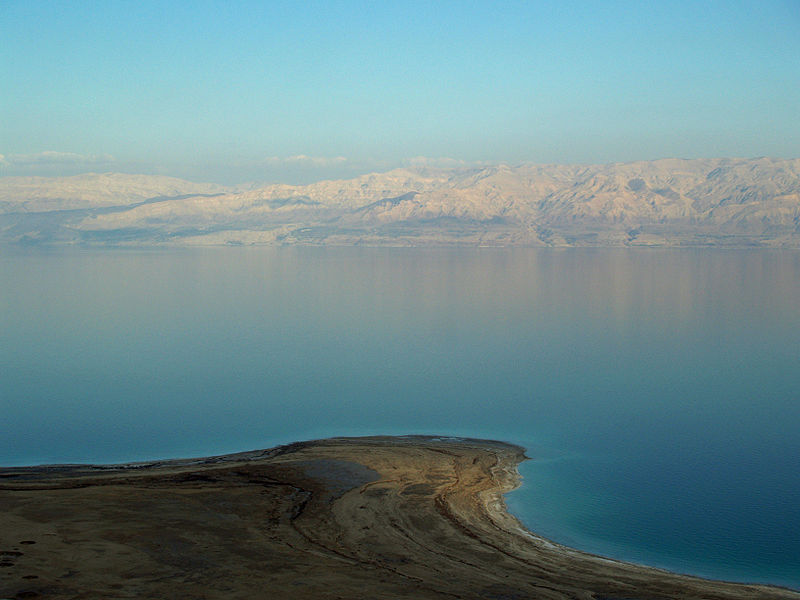
—— Day 5 ——
Tel Lachish
Tel Lachish was an ancient city in Israel, located in the Shephelah region between Jerusalem and the coastal plain. It was a major city-state in the Canaanite period, and later became an important center of the Kingdom of Judah during the Iron Age. The city was destroyed and rebuilt several times over the centuries, with the most famous destruction occurring during the Babylonian conquest in the 6th century BCE. Excavations at Tel Lachish have uncovered a large and well-preserved city gate, public buildings, and residential areas, providing important insights into the political, social, and economic organization of the ancient city. Tel Lachish is now a popular tourist site and an important archaeological site, attracting researchers from around the world. More Information…
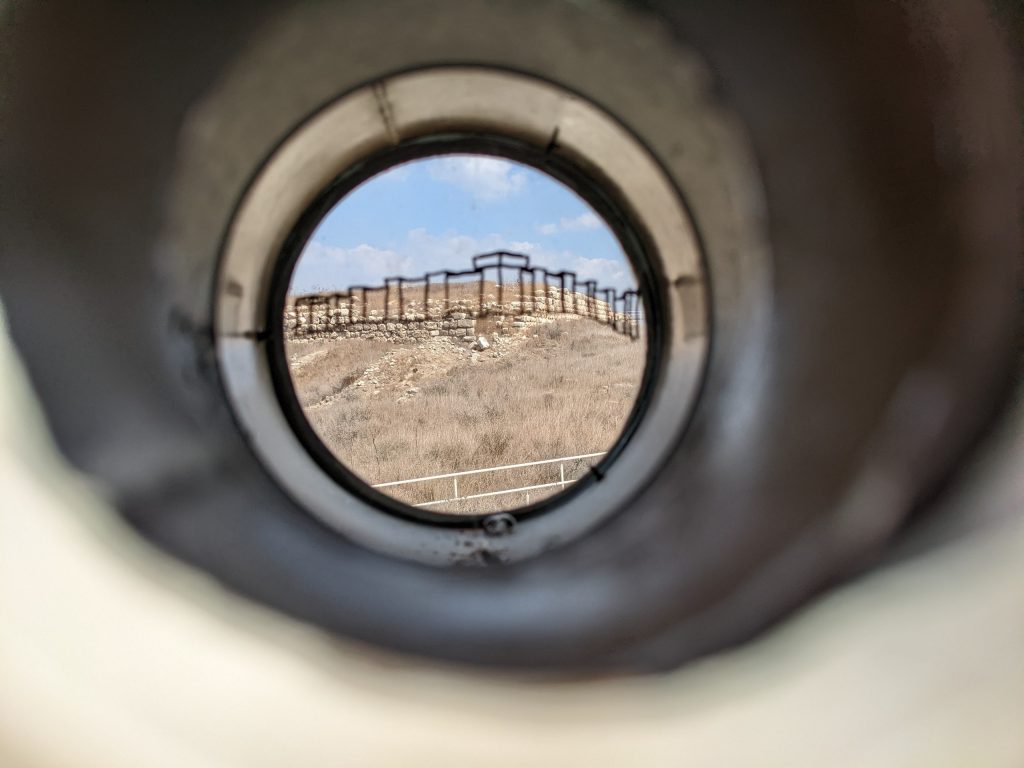
Valley of Elah
The Valley of Elah is a region in the Judean Hills, located in modern-day Israel, near the city of Beit Shemesh. It is famously known as the site of the battle between David and Goliath, as described in the biblical account of the First Book of Samuel. The valley is narrow and surrounded by steep hills, which made it a suitable place for hand-to-hand combat in ancient times. Today, the valley is an important historical and religious site, attracting tourists and pilgrims from all over the world. More Information…

Caesarea
Caesarea is an ancient city located on the coast of Israel. It was originally built by King Herod the Great in the 1st century BCE and served as the capital of the Roman province of Judea. Caesarea is significant because it was the location of the headquarters of the Roman governor Pontius Pilate, who presided over the trial and crucifixion of Jesus of Nazareth. In the New Testament, it is mentioned several times in the Acts of the Apostles, as the place where the apostle Peter preached to the Roman centurion Cornelius and where Paul was imprisoned before his appeal to Caesar. Caesarea was also a center of early Christian activity, with a growing community of believers and several important events taking place there, including the founding of a church by Philip the Evangelist. More Information…
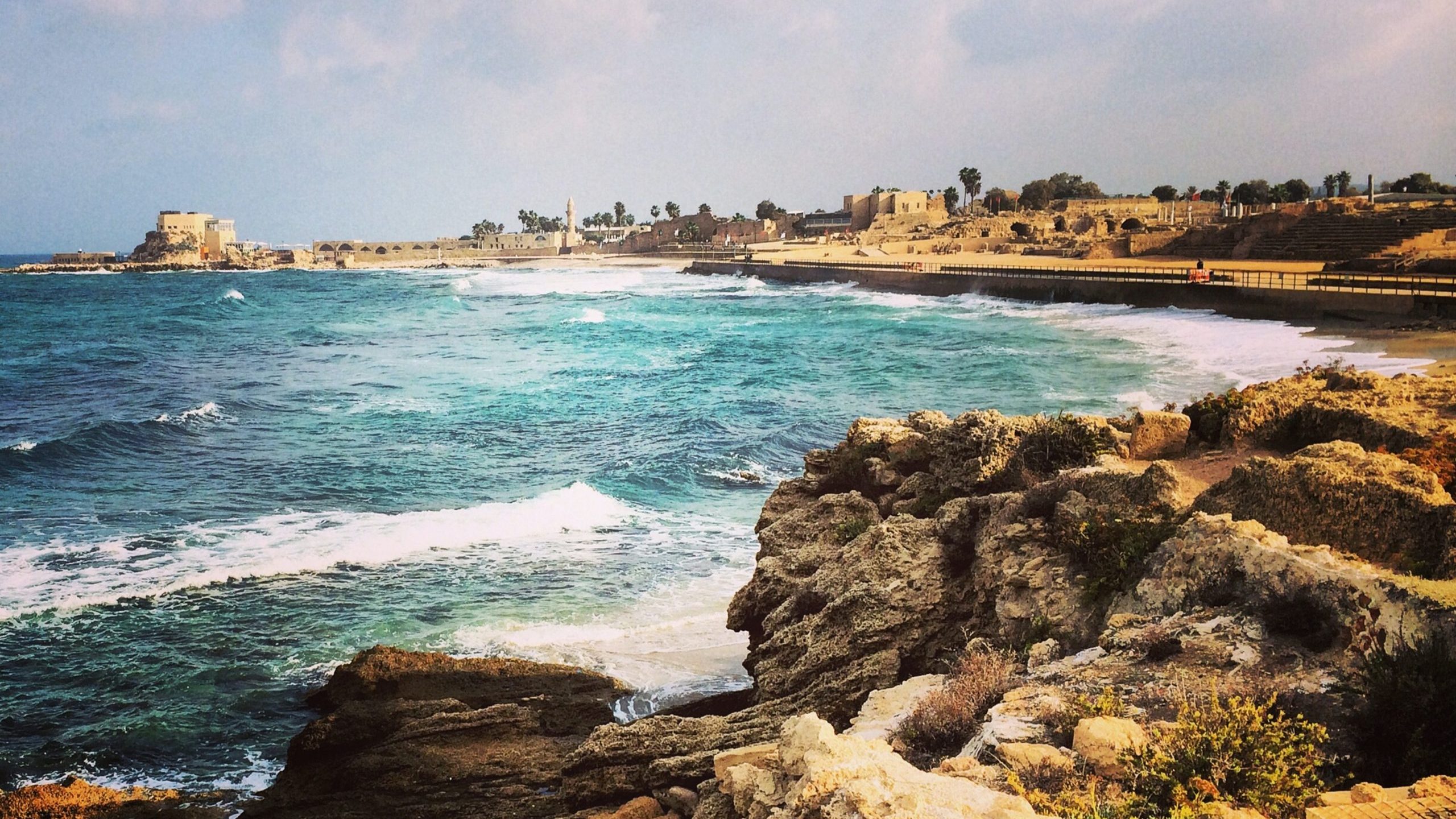
Bahai Gardens
The Bahai Gardens, also known as the Hanging Gardens of Haifa, are a set of terraced gardens located in Haifa, Israel. The gardens cover 19 terraces on the slopes of Mount Carmel and are a breathtaking example of intricate landscape design and horticulture.

—— Day 6 ——
Tzipori National Park
Tzipori National Park, located in the Lower Galilee region of Israel, holds a rich biblical history and significance. According to the New Testament, Tzipori was the birthplace of Mary, the mother of Jesus (Luke 1:26), and was also the home of Nathanael, one of the twelve apostles (John 1:45-51). In biblical times, Tzipori was known as Sepphoris, and was one of the largest cities in Galilee. It was an important center of Jewish life and culture, and is believed to have been the site of a major uprising against Roman rule in the 1st century AD. Today, Tzipori National Park features the remains of a large ancient city, including well-preserved Roman and Byzantine structures, such as mosaics, public buildings, and a theater. Visitors can explore the site and learn about the history and significance of Tzipori in the biblical world. More Information…
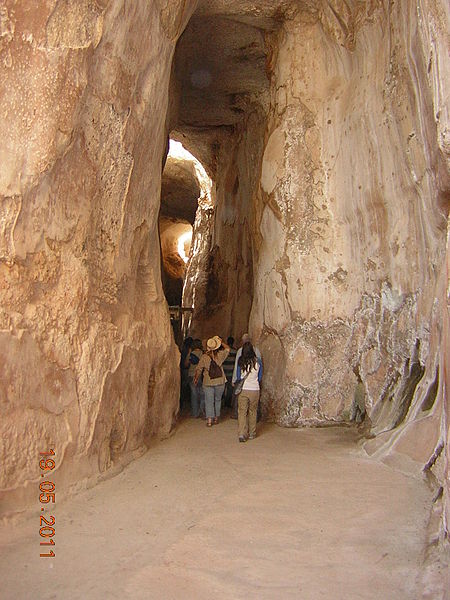
Nazareth Village
Nazareth Village is an open-air museum located in the city of Nazareth, Israel. It is a reconstruction of a first-century Galilean village, and is designed to provide visitors with an immersive experience of what life was like in Nazareth during the time of Jesus. The village covers approximately 10 acres and includes a collection of authentically reconstructed homes, workshops, and farm buildings. Visitors can explore the different structures, learn about ancient Nazarene customs, and gain a deeper understanding of the daily life and culture of the time. In addition to the historical structures, Nazareth Village also offers a range of interactive activities and events, such as workshops, demonstrations, and live performances. These experiences provide visitors with a hands-on understanding of the traditions and skills of the ancient Nazarenes, such as olive oil production, pottery making, and more. More Information…
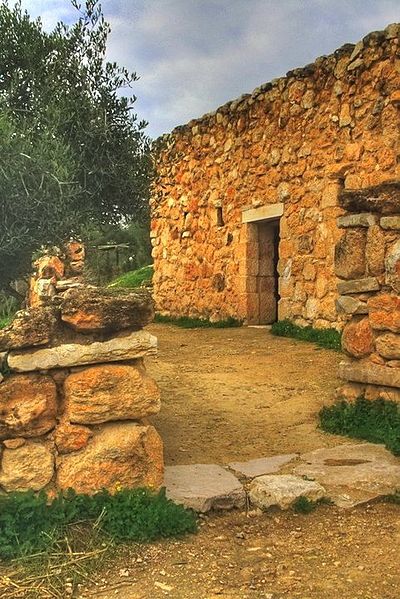
Megiddo
Megiddo is an ancient city located in northern Israel. It is one of the most important and well-known archaeological sites in the country. In the Bible, Megiddo was an important city and fortress, located at the crossroads of several major trade routes. It was a hub of political and military activity, and was the site of many battles throughout history. In the Old Testament, Megiddo is described as a city in the region of Canaan, and is mentioned as the site of several battles, including the Battle of Megiddo fought between Pharaoh Thutmose III and the forces of the Canaanite city-states. It is also mentioned as a place of refuge for King Solomon and as a location where King Josiah of Judah was killed in battle. In the New Testament, Megiddo is mentioned as a location where Jesus Christ passed through on his way to Jerusalem. Megiddo is also mentioned in the book of Revelation as the location of the battle of Armageddon in Revelation 16:16. More Information…
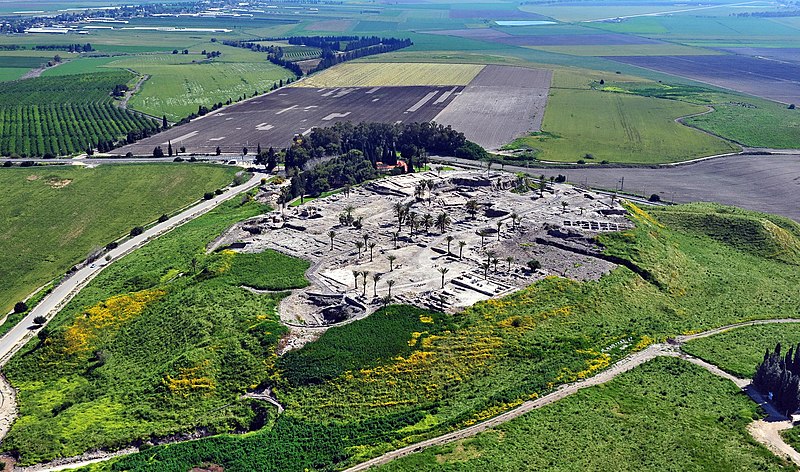
Mt. Carmel - Overlook the Jezreel Valley
Mount Carmel is a coastal mountain range located in northern Israel, overlooking the Jezreel Valley. The Bible mentions Mount Carmel several times, and it is associated with several significant events and figures. In the Book of Kings, Elijah, a prophet of God, challenged the prophets of the god Baal to a contest on Mount Carmel to prove the power of their respective gods. Elijah prayed to God and was able to perform a miracle by calling down fire from heaven, defeating the prophets of Baal and solidifying the Israelites’ faith in God. This event is considered a pivotal moment in the history of Israel and is remembered as a testimony to the power of prayer and the presence of God. Mount Carmel is also mentioned in the Song of Solomon, where it is described as a beautiful and lush place, symbolizing fertility and life. More Information…

—— Day 7 ——
Tel Dan
Tel Dan is an archaeological site in northern Israel that was once the location of the ancient city of Dan. Dan was one of the cities of the northern kingdom of Israel, and it was one of the first cities to be established in the land of Canaan. In the Bible, Dan is mentioned as a place of worship, and it was associated with the idolatrous worship of false gods. Despite its religious significance, Dan was also known for its strategic location on a major crossroads and as a center of commerce. In the time of the judges, the tribe of Dan set up an idol in Dan, and the worship of this idol was one of the factors that led to the division of the kingdom of Israel into two parts. Despite its idolatrous history, Dan was also a location where the Lord was worshipped. The prophet Amos prophesied that in the future, the Lord would restore the worship of Israel and that a remnant of the tribe of Dan would be among those who worship the Lord. Today, the archaeological site of Tel Dan serves as a reminder of the rich history and cultural heritage of the biblical land of Israel and its importance in the story of salvation. More Information…
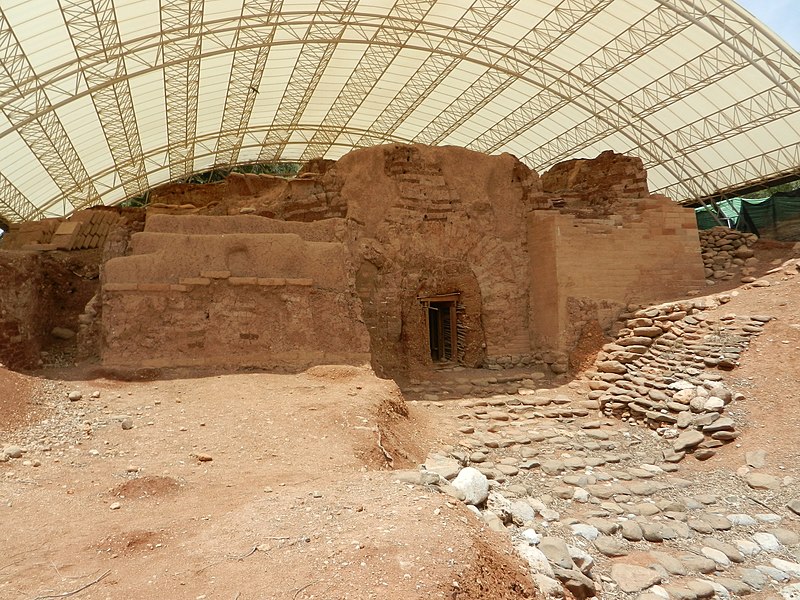
Caesarea Philippi - Cave of Pan
The Cave of Pan was a well-known site in the ancient world, located near the city of Caesarea Philippi in modern-day Israel. It was considered a sacred place, dedicated to the worship of the Greek god Pan, who was revered as the god of nature and the wild. The cave was situated at the base of a cliff, and it was believed to be the entrance to the underworld. It was also believed that Pan lived in the cave, and offerings and sacrifices were made there to appease the god and to receive his favor. This cave was known all around the region as the gates of Hades. As written in Matthew, Jesus took His disciples to Caesarea Philippi and asked them “Whom do men say that I the Son of man am?” (Matthew 16:13, KJV) and later proclaimed, “And I say also unto thee, That thou art Peter, and upon this rock I will build my church; and the gates of hell shall not prevail against it.” (Matthew 16:18, KJV). More Information…
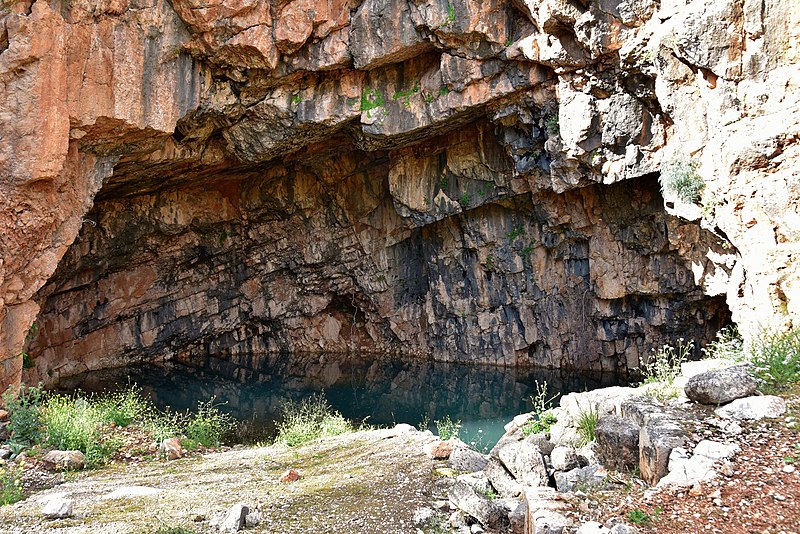
Ancient Boat, Ginosar
The Ginosar Boat, also known as the Jesus Boat, is an ancient fishing boat that was discovered in 1986 in the Sea of Galilee in Israel. The boat dates back to the 1st century AD and is believed to be from the time of Jesus. The boat is approximately 27 feet long and 7.5 feet wide, and is made of locally sourced cedar and oak. More Information…

Sea of Galilee - Messianic Believer Testimony
We will take a boat ride across the Sea of Galilee while hearing the testimony of a Messianic Jewish believer. The Sea of Galilee, also known as Lake Tiberias or the Kinneret, is a freshwater lake located in northern Israel and is surrounded by rolling hills and lush greenery. It has a rich religious history, and is associated with many of the events and teachings recorded in the New Testament, particularly in the life of Jesus. More Information…
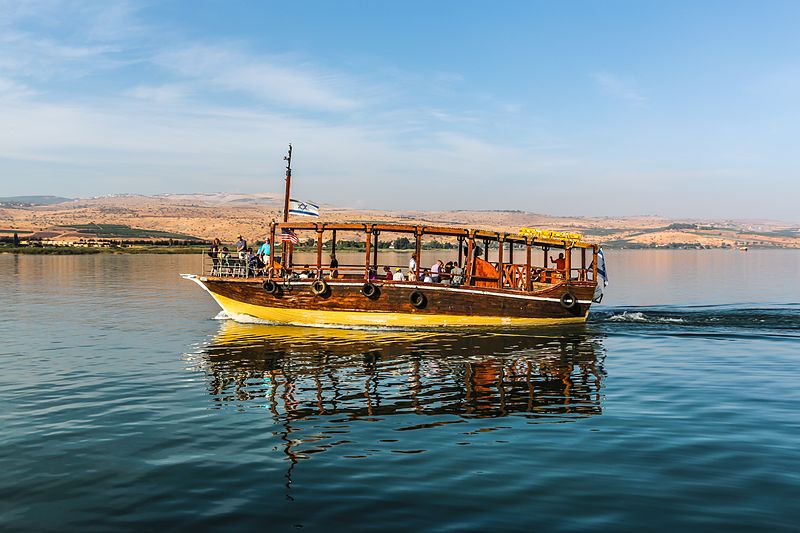
—— Day 8 ——
Mt. Beatitudes
Mount of Beatitudes is a location located on the northwestern shore of the Sea of Galilee. In the New Testament, it is recorded in the Gospel of Matthew that Jesus delivered the Sermon on the Mount at this location. The Sermon on the Mount is one of Jesus’ most famous teachings and includes the Beatitudes, a series of blessings pronounced upon various groups of people. It is now the site of a Catholic basilica, the Basilica of the Beatitudes, built in the 1930s. More Information…

Capernaum
Capernaum was a city located along the Sea of Galilee in the Galilee region of ancient Israel. It was a significant center of trade and commerce, and was home to a thriving population. Capernaum is mentioned several times in the New Testament as being the location of Jesus’ ministry in Galilee. Jesus chose to make his home in Capernaum and performed many miracles there, including healing a paralyzed man and forgiving the sins of a man who was paralyzed. He also delivered several of his famous sermons in the synagogue of Capernaum, where he drew large crowds and gained a reputation as a powerful teacher. Capernaum was also the hometown of several of Jesus’ disciples, including Simon Peter, Andrew, James, and John. It was here that Jesus called these men to follow him and become “fishers of men.” Despite its importance, however, Jesus declared that the people of Capernaum would be condemned for their unbelief and lack of repentance, despite the many signs and wonders they had seen. More Information…

Bethsaida
Bethsaida, a town situated on the northern shore of the Sea of Galilee, is prominently mentioned in the New Testament. It is often associated with the feeding of the five thousand, as told in the Gospels of Matthew, Mark, and Luke, where Jesus multiplied loaves and fishes to feed the multitude. Additionally, Bethsaida is the hometown of some of Jesus’ disciples, including Philip, Andrew, and Peter. More Information…
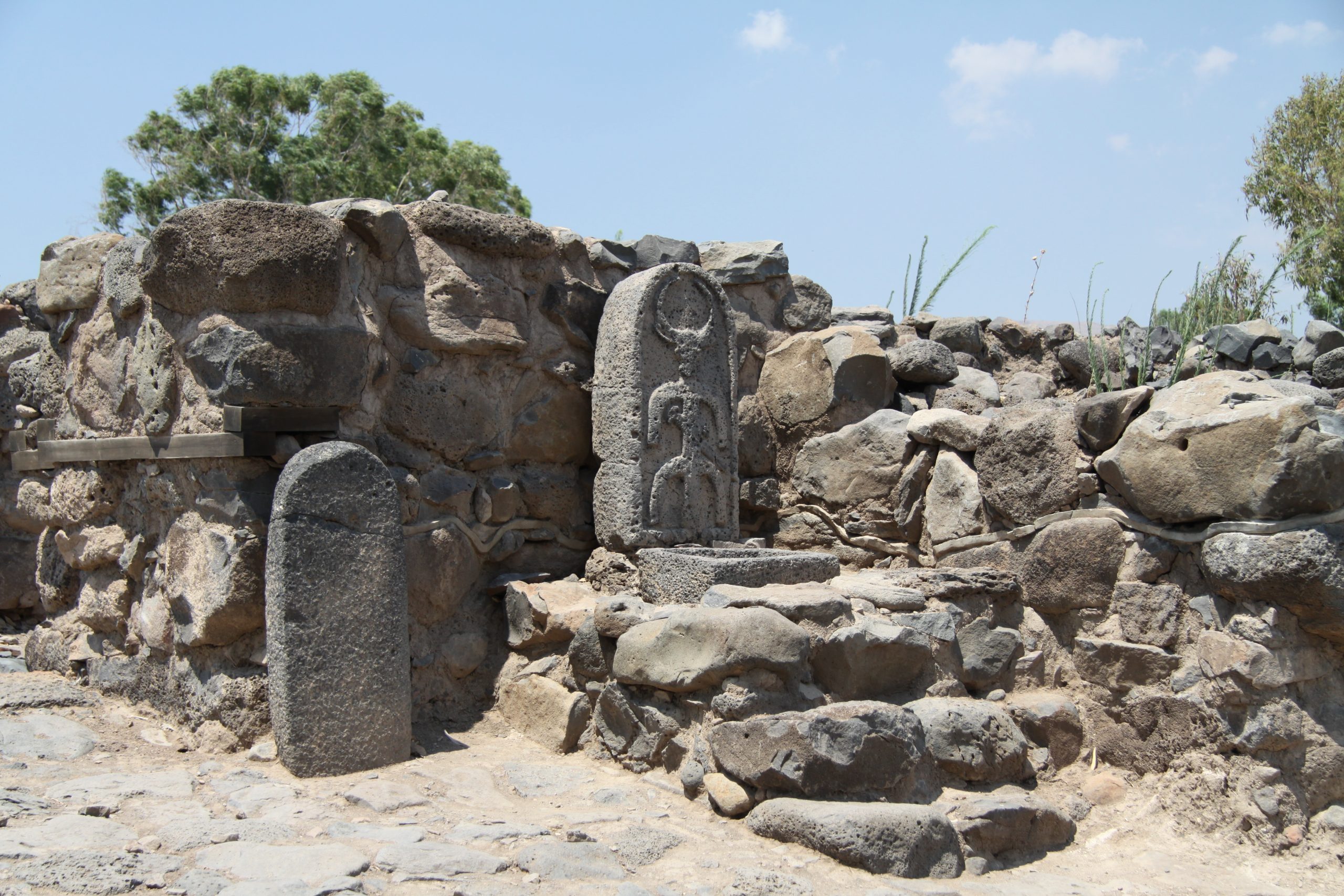
Magdala
Magdala, also known as Magadan or Taricheae, is a town mentioned in the New Testament as the birthplace of Mary Magdalene, one of Jesus’ disciples and a witness to his crucifiction and resurrection. Mary Magdalene is mentioned in several accounts in the Gospels and is described as being a supporter of Jesus’ ministry and a witness to his crucifiction and resurrection. She was one of the first to see the empty tomb and to report the news of the resurrection to the other disciples. More Information…
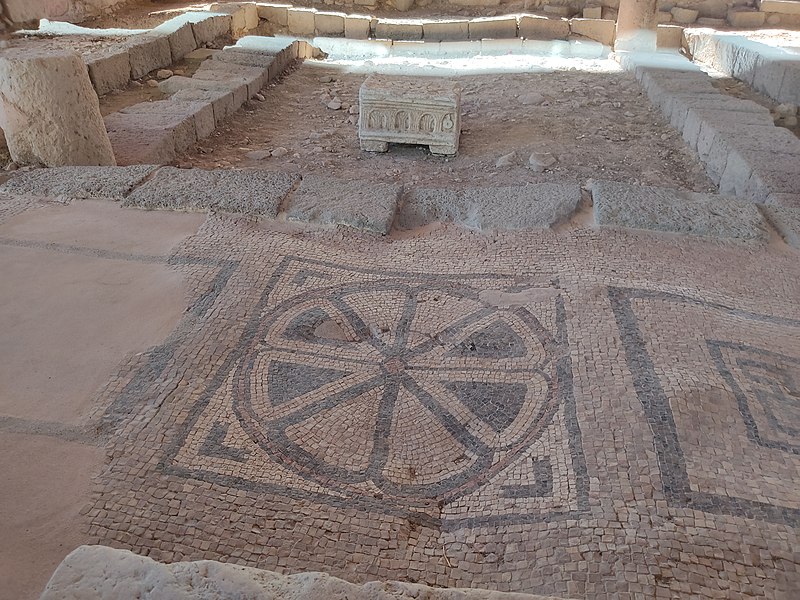
Kursi
The Region of the Gerasenes, also known as Kursi, is mentioned in the New Testament in the story of the demon-possessed man in Mark 5:1-20 and Luke 8:26-39. According to the account, Jesus and his disciples encountered a man who was demon-possessed and living among the tombs in the region. When Jesus arrived, he commanded the unclean spirit to come out of the man, and the unclean spirit obeyed, leaving the man in a state of peace. The people of the region were amazed at what they had witnessed and begged Jesus to leave. More Information…
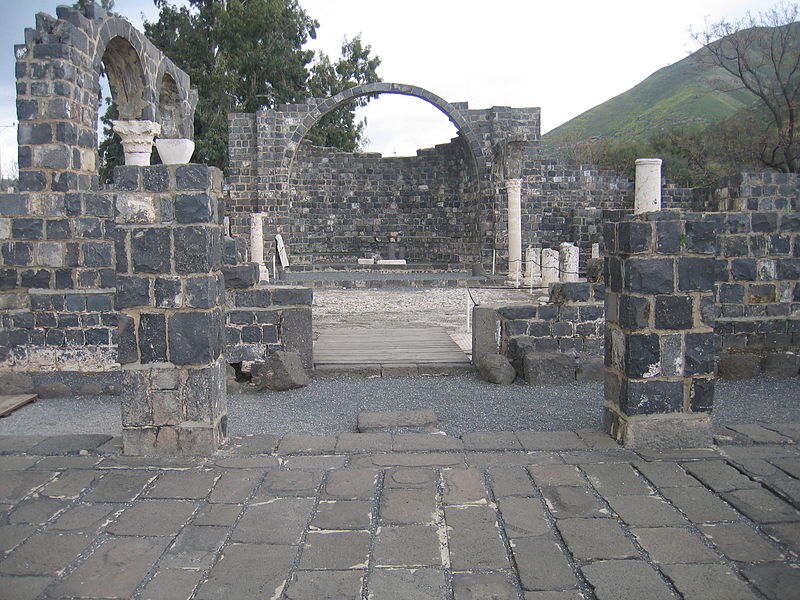
Cove of the Sower
The cove, located midway between two major centers of Jesus’ ministry, Capernaum and Tabgha, has gained notoriety for its exceptional acoustical properties. According to Mark 4, Jesus was teaching a large crowd on one occasion and decided to get in a boat in order to better address them. Some biblical scholars and experts believe that this cove, with its exceptional acoustics, could have served as an ideal location for Jesus to deliver his teachings to the large crowds that gathered to hear him. More Information…

—— Day 9 ——
Tel Shiloh
Tel Shiloh is an archaeological site in the West Bank region of Palestine, which is the ancient city of Shiloh mentioned in the Old Testament. In the book of Joshua, Shiloh was one of the first locations in the Promised Land where the Israelites settled after crossing the Jordan River. The book of Judges also mentions Shiloh as the location of the Tabernacle, which was the portable temple where the Ark of the Covenant was kept and where the Israelites worshiped God. More Information…
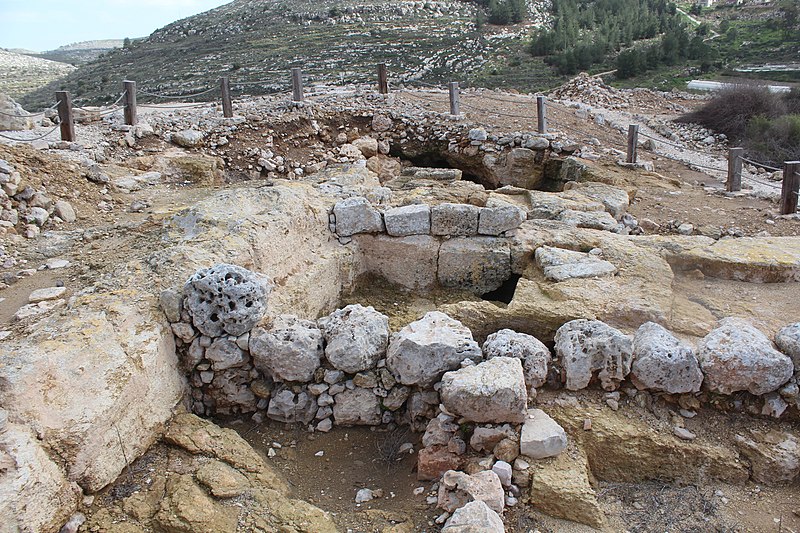
Beit El - Bethel
Bethel, also known as Beit El in Hebrew, is a location mentioned in the Old Testament. It is first mentioned in Genesis 28:19 where Jacob, after leaving his home, has a dream in which he sees a ladder extending from earth to heaven and the Lord standing above it. Jacob names the place “Bethel,” which means “House of God.” Later in the Bible, Bethel is associated with the worship of false gods and idolatry, but it remains a significant location in the history of the Israelites. More Information…
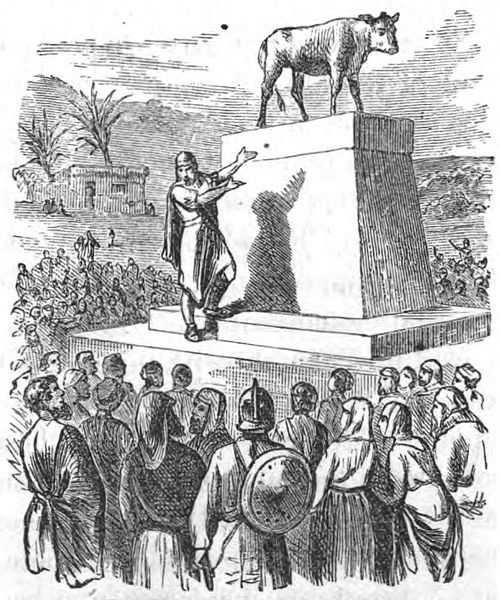
Mount of Olives
The Mount of Olives holds special significance as a site of several events in the life of Jesus Christ. According to the New Testament, Jesus frequently visited the Garden of Gethsemane located at the foot of the mountain, and it was here where He prayed the night before his death on the cross. Additionally, the Bible says that Jesus ascended to heaven from the Mount of Olives after His resurrection. The Second Coming of Jesus will take place on the Mount of Olives. More Information…

Dominus Flevit - Church with the Crown of Thorns
Dominus Flevit (Latin for “The Lord Wept”) is a Catholic church located on the Mount of Olives in Jerusalem. We will be passing by this church where Ziziphus spina-christi trees are present. This is most likely the type of tree where the crown of thorns were weaved from. More Information…
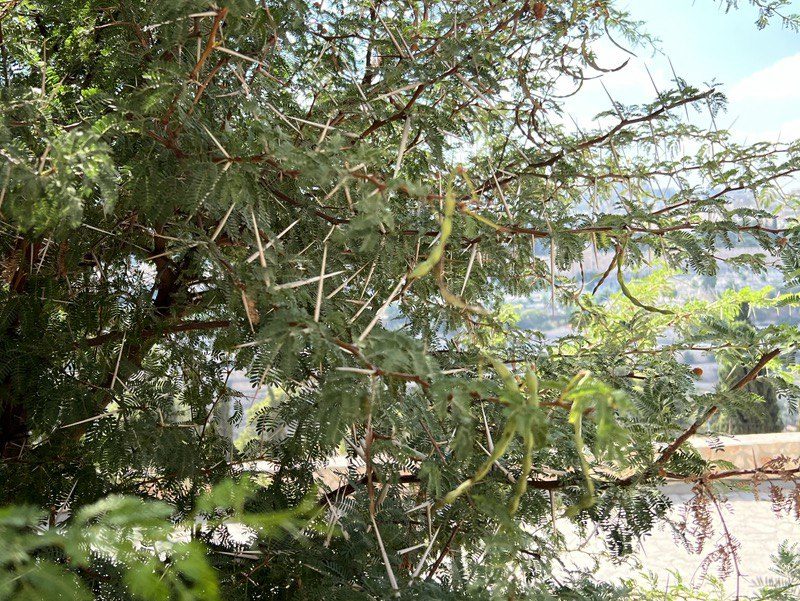
Eli, the Torah Scribe
Torah scribes, also known as soferim or scribes, are trained professionals in the Jewish tradition who are responsible for writing and preserving the Torah. The writing of the Torah is considered a sacred task, and scribes must follow strict guidelines and procedures to ensure the accuracy and sanctity of the text. This includes using specific materials and ink, following specific lettering styles, and adhering to strict rules about erasing and repairing the parchment. Torah scribes undergo extensive training in calligraphy, the rules of biblical handwriting, and the laws and traditions surrounding the writing of the Torah. They must have a deep understanding of the text and the traditions surrounding it, and must be highly skilled in their craft in order to produce an accurate and beautiful manuscript. More Information…

—— Day 10 ——
Temple Mount
The Temple Mount is a highly significant site in Jerusalem, revered by Jews, Christians and Muslims. It is considered the holiest site in Judaism, as it was the location of the First Temple and Second Temple. Muslims consider it to be the place from where Prophet Muhammad ascended to heaven, and it is the third holiest site in Islam. The Temple Mount has been a site of religious, political and historical importance for thousands of years, and is a source of conflict between Israelis and Palestinians, with both sides claiming it as their own. For Christians, we know Christ will walk through the Eastern Gate and into Ezekiel’s temple after the Mt. of Olives splits in two. “Then said the LORD unto me; This gate shall be shut, it shall not be opened, and no man shall enter in by it; because the LORD, the God of Israel, hath entered in by it, therefore it shall be shut. It is for the prince; the prince, he shall sit in it to eat bread before the LORD; he shall enter by the way of the porch of that gate, and shall go out by the way of the same. (Ezekiel 44:2,3) More Information…

Pools of Bethesda
The Pools of Bethesda were historical pools located in the Sheep Gate area of Jerusalem, near the Sheep Gate, which was one of the city’s gates. According to the Gospel of John, it was said to have had five covered porches, where people with various illnesses and afflictions would lie, hoping to be cured. An angel would come from time to time and stir the waters of the pool, and whoever stepped into the pool first after that would be healed of their ailment. The site is mentioned in the New Testament an as it was the location of one of Jesus’ miracles, when he healed a man who had been an invalid for 38 years. More Information…
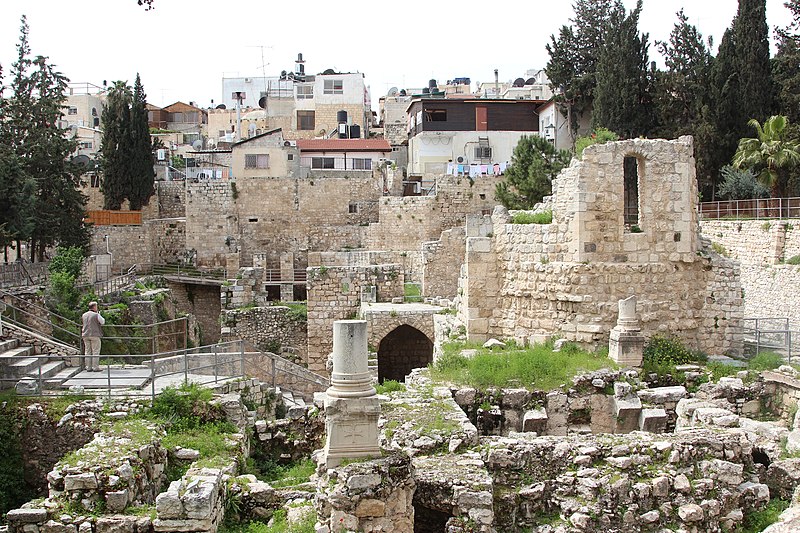
Gethsamane - Private Garden
Gethsemane is a garden located on the Mount of Olives in Jerusalem, Israel. It covers an area of approximately 1,000 square meters and is surrounded by ancient olive trees. Jesus went to the Garden of Gethsemane the night before His crucifiction to pray. More Information…

Caiaphas' House
Caiaphas’ House is an archaeological site located in the Jewish Quarter of the Old City of Jerusalem. It was the home of Joseph Caiaphas, the high priest who presided over the trial of Jesus Christ according to the New Testament. The house was originally constructed in the 1st century AD and underwent modifications and expansions over time. In 1990, excavations uncovered a large poertion of the house which is now open to the public as a museum. Visitors can observe the well-preserved remains of the house, including a courtyard, ritual bath (mikveh), and an underground prison where Jesus was held prior to his trial. The site offers insight into the daily life and religious practices of the Jewish community in ancient Jerusalem and provides historical context surrounding the life and crucifiction of Jesus Christ. More Information…

Horatio Spafford Grave
Horatio Spafford was a 19th-century American lawyer, businessman, and Christian theologian. He is most famous for writing the hymn “It Is Well with My Soul” following the loss of his family and fortune. In 1873, Spafford’s family, including his wife and four daughters, were traveling from the United States to Europe when their ship collided with another vessel and sank, killing all but Spafford’s wife. A few months later, Spafford received a telegram from his wife that read, “Saved alone.” He decided to travel to meet her in Europe, but on the voyage, he was inspired to write the words to the hymn “It Is Well with My Soul.” More Information…

Kotel
The Kotel, also known as the Western Wall, is a sacred site in Jerusalem for Jews and is one of the last remaining parts of the Second Temple, which was destroyed by the Romans in 70 CE. In Jewish tradition, the Western Wall is considered to be the closest point to the Temple’s Holy of Holies. The Western Wall is mentioned several times in the Bible, including in the books of Ezra and Nehemiah, where it is described as part of the retaining wall for the Temple Mount. More Information…

Western Wall Tunnel Tour
The Western Wall Tunnel tour is a unique opportunity to explore the history and significance of the Western Wall. The tour takes visitors through the underground tunnels that run alongside the Western Wall, giving them a chance to see the wall up close. The Western Wall was originally part of the retaining wall for the Temple Mount in Jerusalem, which housed the First and Second Temples. The Western Wall, also known as the Wailing Wall, is considered to be one of the most sacred sites in Judaism. During the tour, visitors can see the remains of the Second Temple period, including the street level from the time of the Roman conquest of Jerusalem, and the wall’s ancient stone courses. They can also see the ancient mikveh (ritual bath) and the Herodian street, which ran along the Western Wall and served as a main thoroughfare in ancient Jerusalem. More Information…

Eastern Gate
Although the original eastern gate is buried underneath of the current “golden gate”, the Eastern Gate is considered one of the oldest gates in the city and dates back to the time of the Second Temple, which was built by King Herod in the first century BC. Despite being sealed since the 16th century, the Eastern Gate remains an important site for both Jews and Muslims, who hold it as a symbol of hope for the rebuilding of the Third Temple. The Eastern Gate is the location where Jesus will enter through after His return to earth on the Mount of Olives at the end of times. More Information…
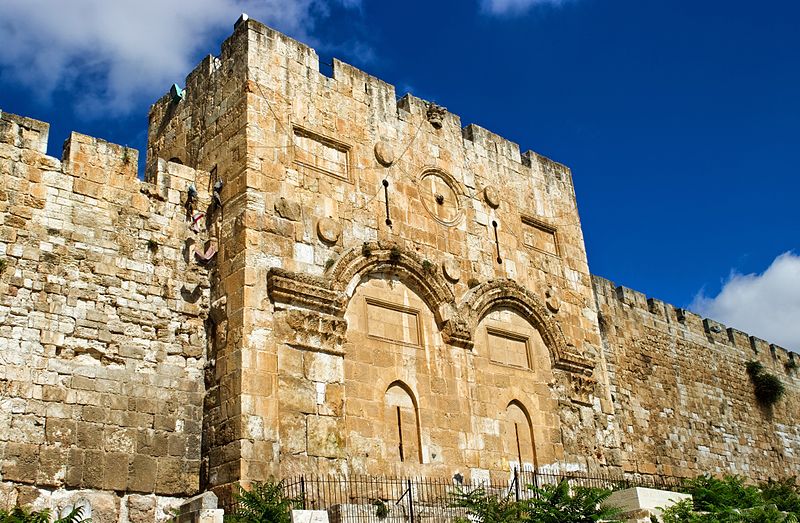
—— Day 11 ——
Calvary
According to all four gospels (Matthew 27:33, Mark 15:22, Luke 23:33, and John 19:17), Jesus was crucified at a place referred to as “the place of a skull” in Greek, translated as “Golgotha” in Hebrew and “Calvary” in Latin. The Greek word “kranion,” from which the English word “cranium” is derived, was used to describe this location. More Information…

Holocaust Museum
The Holocaust Museum in Jerusalem, also known as Yad Vashem, is a memorial and museum dedicated to the victims of the Holocaust. It was established in 1953 and is located on the slopes of Mount Herzl in Jerusalem, Israel. The museum serves as a solemn tribute to the six million Jews who were murdered during the Holocaust and as a reminder of the atrocities committed during that time. The museum’s exhibitions provide a comprehensive overview of the history of the Holocaust, from the rise of Nazi Germany to the end of World War II. Visitors can see photographs, personal testimonies, and original artifacts from the period, which provide a powerful and emotional insight into the lives of the victims. One of the highlights of the museum is the Hall of Names, which contains the names of over three million Jews who were murdered during the Holocaust. The Hall of Names is a place of quiet reflection and serves as a reminder of the enormity of the tragedy that occurred during the Holocaust. More Information…

Rena Quint - Holocaust Survivor
Rena Quint is a Holocaust survivor who lived through the atrocities of the Nazi regime during World War II. She was born in Poland and was just a young girl when the Nazis invaded her country and began their systematic persecution of Jews. More Information…

Wadi Qilt
Wadi Qilt is a valley located in the West Bank, near the Dead Sea. It is a deep and narrow gorge with towering cliffs on either side and a stream that runs through its center. The valley is known for its scenic beauty, including its dramatic rock formations, lush vegetation, and diverse wildlife. It is believed by some to be the location where David composed the 23rd Psalm. The area is also rich in history and has been inhabited for thousands of years, with evidence of human settlement dating back to the Roman period. Wadi Qilt is a popular destination for exploring the historical and religious sites in the region. The valley is home to several monasteries and hermitages, including St. George’s Monastery, which is one of the oldest continuously inhabited monasteries in the world. Additionally, the valley is a key part of the historic caravan route that connected Jerusalem and Jericho, and is considered an important part of the region’s cultural heritage. More Information…

—— Day 12——
Jericho
Jericho is a city in the West Bank that is mentioned several times in the Bible, both in the Old and New Testaments. In the Old Testament, Jericho is best known as the first city conquered by the Israelites after their exodus from Egypt. According to the book of Joshua, God commanded the Israelites to march around the city for seven days, blowing trumpets, and then, on the seventh day, the walls of the city crumbled, allowing the Israelites to enter and conquer it (Joshua 6:1-20). Jericho is also mentioned as one of the cities allotted to the tribe of Benjamin (Joshua 18:21) and as a fortified city during the reigns of various judges (Judges 3:13, 20:20). In the New Testament, Jericho is mentioned as the location where Jesus healed the blind man Bartimaeus (Mark 10:46-52) and as a stopping place for Jesus and his disciples on their way to Jerusalem (Luke 19:1-10). More Information…

Qumran
Qumran is an archaeological site in the West Bank, located near the northwestern shore of the Dead Sea. The site is most famous for being the location where the Dead Sea Scrolls were found in nearby caves, making it one of the most significant archaeological sites of the 20th century. The site was occupied from around the second century BCE to the first century CE, which was a period of significant conflict and change in the region. The main theories about the identity of the inhabitants of Qumran suggest that they were members of a Jewish sect, such as the Essenes, or a group of priests from Jerusalem. However, the exact identity of the community is a matter of ongoing debate among scholars. The buildings at Qumran include a large communal structure, various workshops, and ritual baths, suggesting a community devoted to purity rituals, the copying of texts, and possibly communal living. More Information…

Farewell Dinner
This will be our last dinner together before departing the next day. During this time, we will share stories and testimonies about the time we had in Israel.

